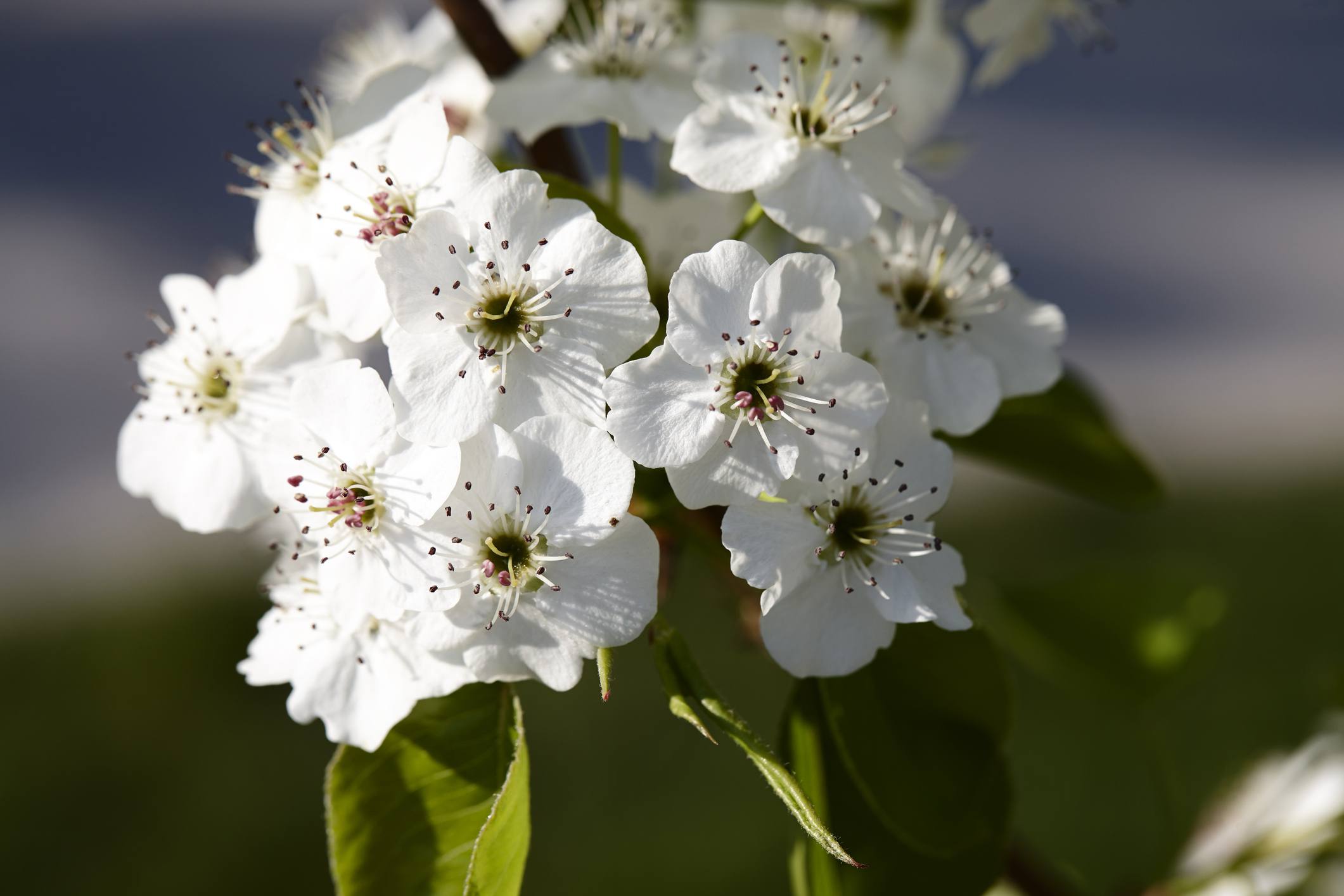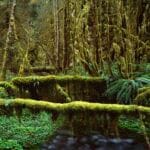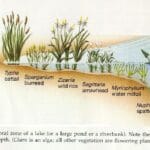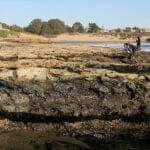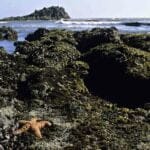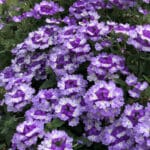Seeking a stunning, low-maintenance tree that thrives year-round? The Chanticleer pear ( *Pyrus calleryana ‘Chanticleer’* ) might be your perfect choice! This elegant tree is prized for its tall, narrow form and breathtaking fall colors, making it a favorite among landscapers and homeowners alike. This guide provides a complete overview of Chanticleer pear trees, from their distinctive characteristics and bloom cycles to comprehensive planting, care, and landscaping strategies. Whether you’re an experienced gardener or a novice, this guide will equip you with the knowledge to enjoy this exquisite tree.
Unveiling the Chanticleer Pear: A Closer Look
The Chanticleer pear is a cultivar—a selectively bred variety—of the Callery pear. Its defining features include a tall, narrow growth habit, ideal for smaller properties. A mature Chanticleer pear typically reaches 30 to 40 feet in height, with a spread of only 15 to 20 feet, creating a striking, slender silhouette. Its glossy, dark green leaves transform into stunning shades of red, purple, and bronze in autumn. Delicate white blossoms adorn the tree in spring. While the small, brown fruits are not visually significant, the overall aesthetic appeal throughout the year is captivating.
Chanticleer Pear Growth Chart
Here’s an estimated growth timeline:
| Age (Years) | Approximate Height (feet) | Approximate Spread (feet) |
|---|---|---|
| 5 | 10-15 | 5-8 |
| 10 | 20-25 | 10-15 |
| 15 | 30-35 | 15-20 |
| Mature | 30-40 | 15-20 |
Note: These are estimates. Actual growth may vary based on environmental conditions and care.
Planting Your Chanticleer Pear: A Step-by-Step Guide
Planting a Chanticleer pear is relatively straightforward, but following these steps will optimize its growth and longevity:
Site Selection and Preparation
Step 1: Choosing the Perfect Spot: Chanticleer pears thrive in full sun to partial shade locations. Ensure the soil is well-drained; soggy roots can lead to stunted growth and disease.
Step 2: Digging the Hole: Excavate a hole at least twice as wide as the root ball of your sapling. The depth should mirror the container the tree came in. This fosters healthy root expansion.
Planting and Aftercare
Step 3: Planting: Carefully place the Chanticleer pear in the hole, ensuring the top of the root ball is level with the ground. Backfill with soil, gently firming it around the roots.
Step 4: Watering: Provide a deep watering immediately after planting. Continue regular watering, especially during the first year and in periods of drought.
Step 5: Mulching: Apply a layer of organic mulch (such as wood chips or shredded bark) around the base of the tree. This helps retain moisture, suppress weeds, and regulate soil temperature.
Ongoing Care: Nurturing Your Chanticleer Pear
Providing consistent care will maintain your Chanticleer pear’s health and beauty for years to come.
Pruning Techniques
Pruning is best done in late winter or early spring, before new growth commences. Remove dead, damaged, or crossing branches to maintain shape and strong growth. Consult a local nursery or arborist if unsure about pruning techniques.
Pest and Disease Management
While relatively disease-resistant, monitor for potential problems such as pear thrips or fire blight. Prompt identification and treatment are crucial for preventing significant damage. Contact a local gardening expert or your nursery for guidance on appropriate solutions.
Landscaping Applications: Showcasing the Chanticleer Pear
The Chanticleer pear’s elegant form makes it a versatile tree for diverse landscaping projects.
Streetside Appeal
Its upright habit and manageable size make it an excellent choice for lining streets or driveways. Proper spacing, according to its mature size, is essential.
Residential Charm
In residential settings, it serves as a striking specimen tree in smaller yards or a focal point in larger gardens. Its narrow profile prevents it from overpowering smaller spaces.
Commercial Applications
Its hardiness and low-maintenance nature make it suitable for commercial landscapes, parks, and larger developments.
Chanticleer Pear Lifespan: Factors Influencing Longevity [https://www.lolaapp.com/what-is-the-lifespan-of-a-chanticleer-pear-tree]
While a lifespan of 20-50 years is often cited, the actual lifespan of a Chanticleer pear is highly variable. Factors such as planting location, climate, disease susceptibility, and ongoing care significantly impact its longevity. [https://www.lolaapp.com/what-is-the-lifespan-of-a-chanticleer-pear-tree] delves into these factors in detail.
Chanticleer Pear vs. Bradford Pear: A Comparative Analysis [https://www.lolaapp.com/what-is-the-difference-between-a-bradford-pear-and-a-chanticleer-pear]
Often compared to the Bradford pear, the Chanticleer offers significant improvements. It boasts superior branch strength, a more refined shape, and increased resistance to fire blight. However, both are cultivars of an invasive species, so careful consideration of planting location and environmental impact is necessary. [https://www.lolaapp.com/what-is-the-difference-between-a-bradford-pear-and-a-chanticleer-pear] provides a comprehensive comparison.
Chanticleer Pear Growth Rate: How Fast Does It Grow? [https://www.lolaapp.com/is-pyrus-chanticleer-fast-growing]
The Chanticleer pear is a relatively fast-growing tree, though its growth rate can vary. Optimal conditions, such as ample sunlight and well-drained soil, will promote faster growth. [https://www.lolaapp.com/is-pyrus-chanticleer-fast-growing] explores the factors affecting growth rate and provides a detailed growth timeline.
Weighing the Pros and Cons
Pros:
- Showy spring blooms and vibrant fall foliage
- Narrow, upright growth habit, ideal for smaller spaces
- Relatively low maintenance once established
- Improved disease resistance compared to other Callery pears
Cons:
- Potential for invasiveness (although less than other Callery pears)
- Susceptibility to damage from strong winds or ice storms
- Some varieties may have thorns
Environmental Responsibility: A Note of Caution
While visually stunning, the Chanticleer pear’s potential for invasiveness must be considered. Although less invasive than other Callery pear varieties, responsible planting and management practices are crucial to mitigate its environmental impact. Explore native alternatives if suitable for your region.
Selecting and Sourcing Your Chanticleer Pear
Purchase your Chanticleer pear from reputable local nurseries or trusted online retailers. Container-grown trees generally transplant more easily. The price will vary depending on the size of the tree. Always inquire about the tree’s health and growing conditions.
- Unlock Elemental 2 Secrets: Actionable Insights Now - April 2, 2025
- Lot’s Wife’s Name: Unveiling the Mystery of Sodom’s Fall - April 2, 2025
- Photocell Sensors: A Complete Guide for Selection and Implementation - April 2, 2025
